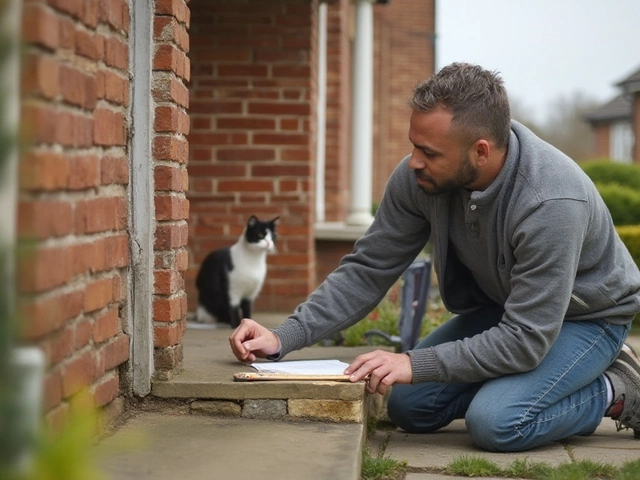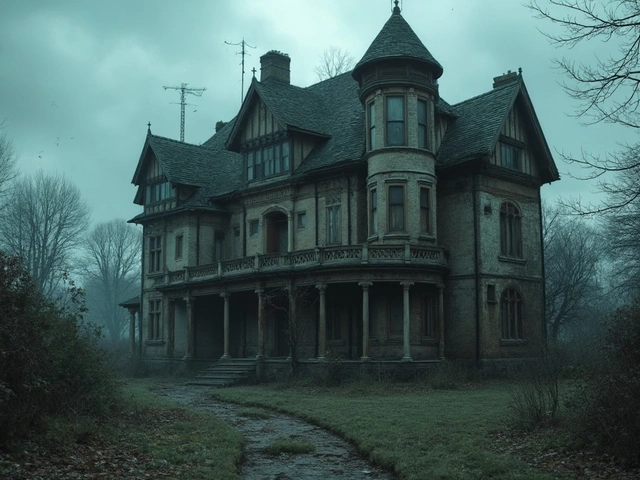Foundation Solutions: Fix, Replace, and Keep Your Home Stable
If you’ve spotted cracks, uneven floors, or doors that won’t close right, your foundation is probably sending up a warning. Ignoring it can cost you more in the long run, but you don’t have to panic. This guide pulls together the most useful tips from our recent articles so you can decide whether to DIY, call a pro, or plan a full replacement.
Spot the Signs Before They Become Expensive Repairs
First thing’s first – know what to look for. Common red flags include vertical cracks in walls, doors that stick, and a sloping floor that feels like a slight ramp. Our "Can a Foundation Be Unfixable?" piece breaks down the warning signs and tells you when the damage is likely beyond repair. If you see water pooling around the base or the foundation walls are bowing, it’s time to call a structural engineer.
Another tell‑tale sign is late settlement, especially in homes over 20 years old. The "Does a House Settle After 20 Years?" article explains that soil movement, poor drainage, and shifting loads can cause new cracks years after construction. Spotting these early lets you act before the problem spreads to load‑bearing walls.
DIY Fixes You Can Try Right Now
Not every foundation issue needs a full‑blown contractor. Small hair‑line cracks can be sealed with epoxy injection, a method detailed in "Can You Fix Your Own House Foundation?". Improving drainage by regrading the soil away from the house footprint is another low‑cost fix that often stops water‑related movement. Install gutter extensions and downspouts to keep rainwater from seeping into the footings.
For basement cracks that let moisture in, a waterproofing paint or sealant can buy you time. However, if the crack is wide, growing, or accompanied by shifting floors, the DIY route ends and professional help begins. Our guide on "Best Foundation Repair Methods" offers a quick checklist to decide when to call in the experts.
When Replacement Beats Repair
Sometimes the only viable solution is a full foundation replacement. The cost breakdown in the "Can a Foundation Be Unfixable?" article shows that while repairs range from a few hundred to several thousand pounds, a replacement can run into the tens of thousands. But if the structural integrity is compromised, a new foundation saves you from future collapse or costly retrofits.
Key factors to consider are the extent of movement, soil type, and the age of the house. Heavy clay soils expand and contract dramatically, making repairs less effective over time. In such cases, a pier-and-beam system or a concrete slab may be the better long‑term choice.
Planning Your Budget and Timeline
Understanding costs up front prevents surprise expenses. Our "345 Rule Explained" article gives a quick way to gauge the amount of soil and concrete needed for a stable base, which helps you estimate material costs. Add labor, permits, and any necessary landscaping back‑fill to get a realistic budget.
Timing matters too. Spring and early summer are typically the best seasons for foundation work because the ground is dry enough for excavation. Scheduling during these months can also lower labor rates, as contractors are less rushed than in peak winter months.
Bottom line: keep an eye on warning signs, try simple DIY fixes where safe, and know when a professional repair or full replacement is the right move. With the right information, you can protect your home’s foundation without breaking the bank.
Foundation Crack Fix: Inside or Outside?

When it comes to fixing a foundation crack, homeowners often wonder whether it's best to repair from the inside or the outside. Each method has its own perks and potential pitfalls. Factors such as crack location, severity, and access play a role in determining the best approach. This article breaks down these considerations, offering practical tips and insights for choosing the right repair method.
read more



